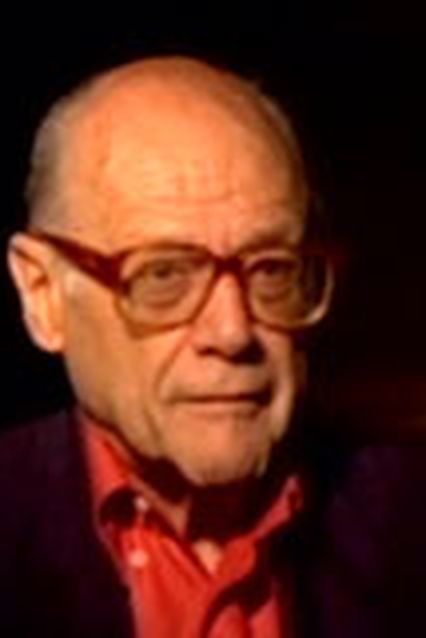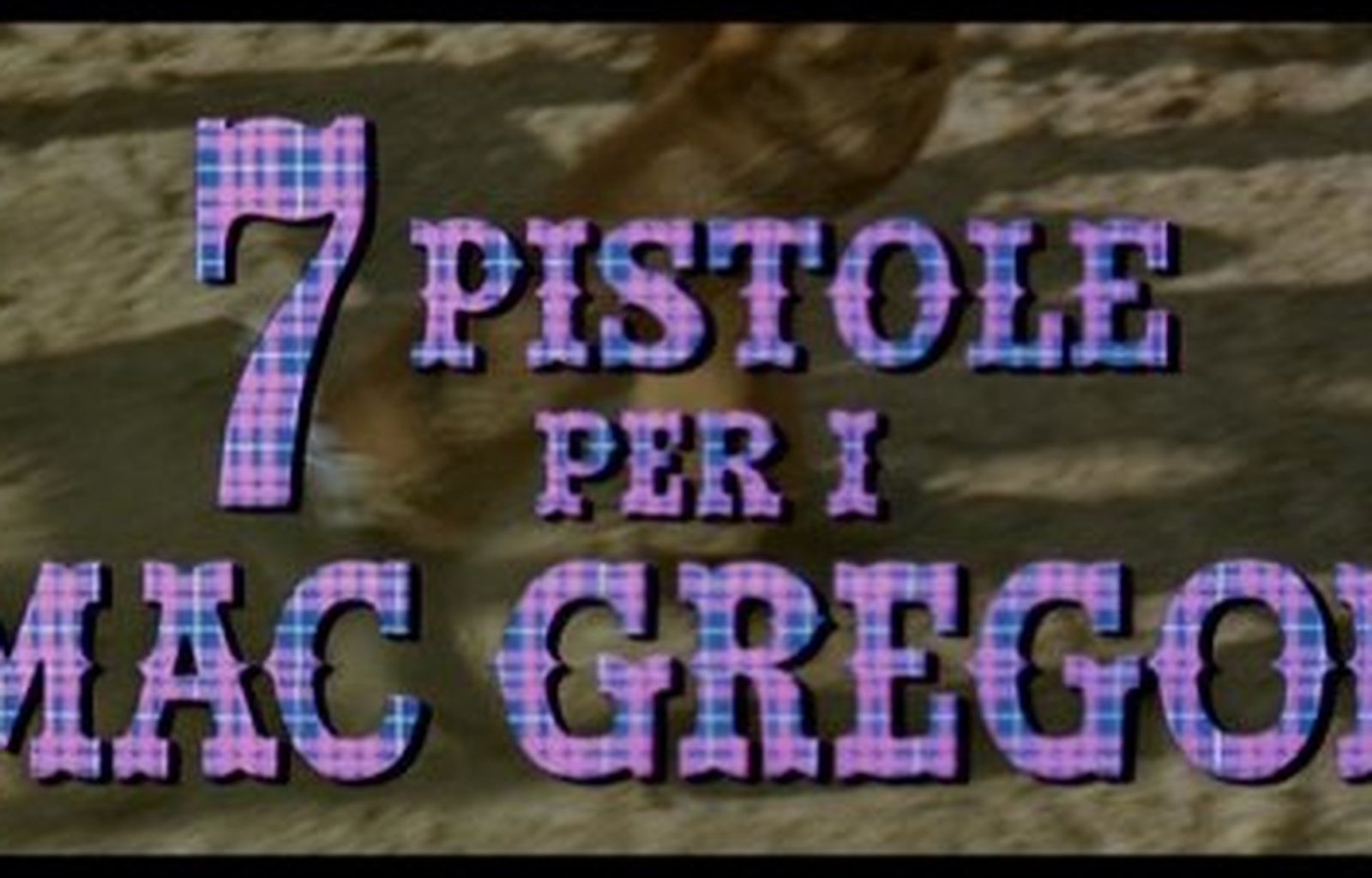1° FESTIVAL INTERNAZIONALE CINEMA GIOVANI
Retrospettiva - Il cinema italiano che oggi ha vent'anni. Opere prime 1958-1967
7 pistole per i Mac Gregor
by Franco Giraldi
The two Mac Gregor families live in a farm not far from the Mexican border. One day, while only the old parents are in, the house is attacked by one of the gangs of the merciless Santillana, but the Mac Gregors manage to send the outlaws out anyway. After a while, their children are sent to a livestock exhibition. Once there, they realise that everything is controlled by a bully sheriff helped by Santillana himself. Their reaction takes them directly to prison, from where they manage to escape, finding a shelter in Rosita’s farm. The eldest of the seven brothers, Gregos, decides to be a part of the gang in order to find a way to punish Santillana. The information that he sends to his siblings allow them to ruin all of the criminals’ plans. But that doesn’t last long. Santillana finds out that Gregor is a mole and he tortures him; his fate would be sealed if it wasn’t for the arrival of all the other Mac Gregors.
Traduzione in inglese Francesca Sala - English translation Francesca Sala
Biography
film director

Franco Giraldi
FILMOGRAFIA
1964: I malamondo di Paolo Cavara (collaborazione alla regia). 1965: Sette pistole per i Mac Gregor (pseudonimo Frank Grafield). 1966: Sugar Colt. 1967: Sette donne per i Mac Gregor (pseudonimo Frank Prestand). 1968: Un minuto per pregare... un istante per morire oppure Escondido. 1970: Cuori solitari. 1971: La supertestimone. 1972: Gli ordini sono ordini. 1973: La rosa rossa. 1975: Il lungo viaggio (per la TV). 1976: Colpita da improvviso benessere. 1977: Un anno di scuola (per la TV). 1978: La città di Zeno (documentario per la TV). 1979: La giacca verde.
Declaration
film director
When I came from Trieste to Rome, directly into the cinema of that period, where I used to work as an assistant (for Pontecorvo, Lizzani and especially Peppe De Santis, who was my mentor) I immediately felt a feeling of non-involvement, the sensation that my cultural background wasn’t good enough, that I didn’t really fit into that kind of cinema. So maybe for a sort of shyness, of insecurity, of fear or maybe also following the tradition of Trieste, which pushes to know deeply the kind of work that you want to undertake, I tried to learn the job through my apprenticeship. After a while I started to be called as director of the second troupes, as the one who shoots scenes of natural disasters, shootings and explosions in someone else’s films. I used to have fun, I was quite independent and I took that with a little bit of irresponsible carefreeness that distinguished me at the time. So I made a few films waiting to become a first director and I made some scenes of Per un pugno di dollari by Sergio Leone, those in which the actors, such as Volonté, made some sort of completely isolated action, while Leone was directing the real line of the story.
The unexpected success of that movie hit me as well by extension and when Leone fought with the people who produced it, they asked me to make a western film for them. I decided to do it in a childish way, because the I deeply loved the real westerns, those by John Ford for example, following Kezich who was, from Trieste, the first to study the phenomenon. In the other westerns that I shot, I kept this childish sensation, full of landscapes, actions and all the possible archetypes; trains, wide horizons etc. Let’s say that my westerns were similar to the classical ones, but with a lot more irony.
That first film went really well, they liked it and the critics were good as well, they were very indulgent towards Sette pistol per Mac Gregor. The film was made with a really low budget. Almost every performer came from the circus, because they had to make crazy things. I also tried to make them act a little. The protagonist was an America, who had been a model before, I think he was called Robert Wood. Those films are usually shot in insane periods of time. Mine took nine weeks, which is a very short time for a film made of actions, of details, of movements. I shot it in Spain, near Madrid and in Granada, because in that already fake genre, I hated the idea of not giving even a little hint of truth trhtugh reasonable landscapes.
Traduzione in inglese Francesca Sala - English translation Francesca Sala
Cast
& Credits
Plot: David Moreno.
Screenplay: Franco Lion [Fernando di Leo], Vincent Eagle [Enzo Dell'Aquila], David Moreno, Duccio Tessari.
Fotografia (techniscope, technicolor): Alejandro Ulloa.
Art director: Karl Kinds, Jaime Perez Cibero.
Editor: MacMurray [Mario Morra], Johnny Barclay [Nino Baragli].
Music: Ennio Morricone.
Cast and characters: Robert Wood (Gregor Mac Gregor), Fernando Sancho (Miguel), Agatha Flory [Agata Flori] (Rosita Carson), Leo Anchoriz (Santillana), Perla Cristal (Perla), Manolo Zarzo (David Mac Gregor), Nick Anderson [Nazareno Zamperia] (Peter Mac Gregor), Paul Carter [Paolo Magalotti] (Kenneth Mac Gregor), Albert Waterman (Dick Mac Gregor), Julio Perez Tabernero (Mark Mac Gregor), Saturnino Cerra (Johnny Mac Gregor), Jorge Rigaud (Alistair Mac Gregor), Harry Cotton (Harold Mac Gregor), Annemarie Noé (Marme Mac Gregor), Margaret Horowitz (Annie Horowitz).
Production company: Tell O'Darsa [Dario Sabatello] per la Produzione D.S.-Jolly Film-Estela Film.
Italian distribution: Unidis (regionale).


